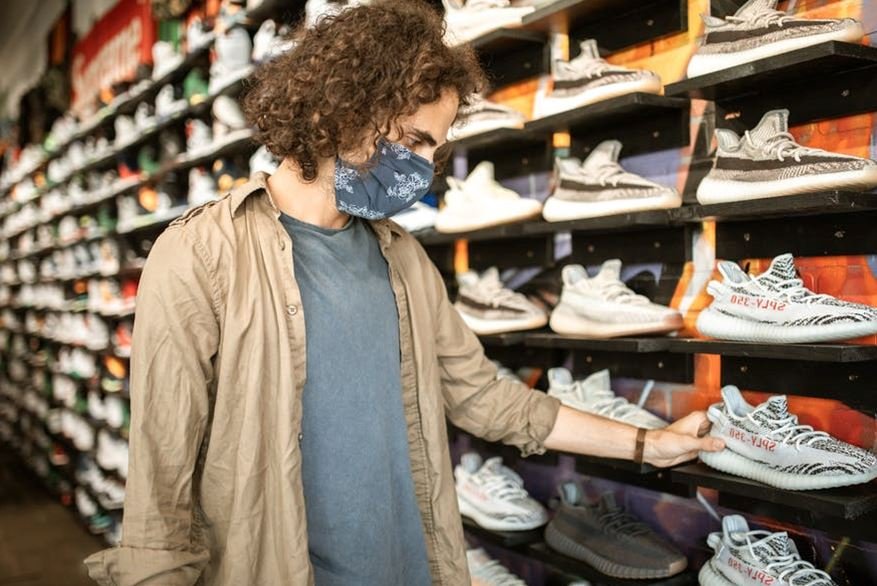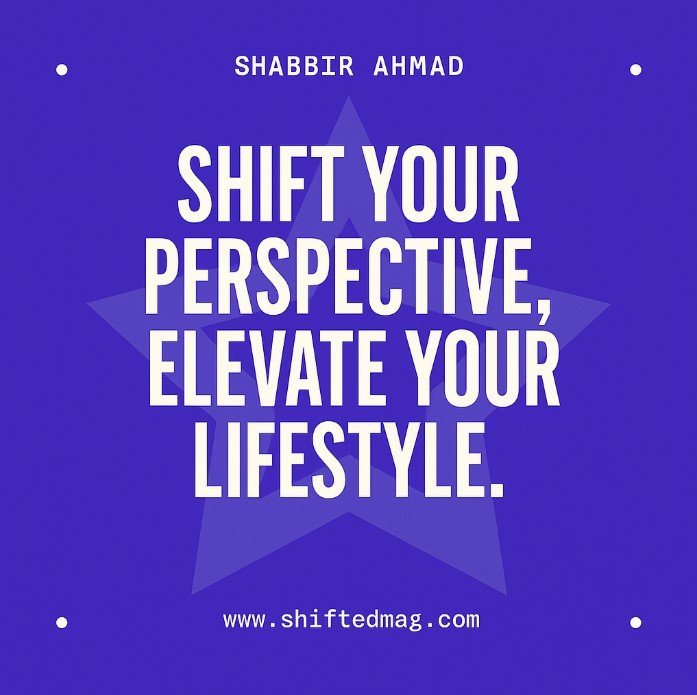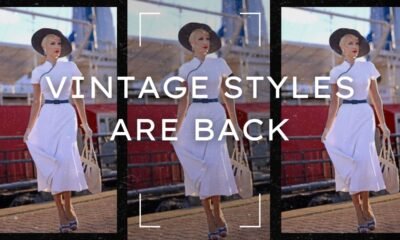Lifestyle
Read This First: A Complete Guide To Buying Running Shoes

Did you know most people get injured because they aren’t wearing the proper running shoes? Ensure you get the appropriate fit to protect yourself from unnecessary injuries.
If you would like some tips for buying running shoes, keep reading. This guide will teach you what to avoid when shopping for new running sneakers.
Running can benefit your physical and mental health, providing an excellent outlet during stressful times. Prevent an injury so you can keep up with your running routine.
Ready to learn more? Keep reading.
[lwptoc]
Assess the Ankle Collar
You’ll want to find a running sneaker with an ankle collar, the wrap at the top part of your sneaker opening. The ankle collar will hold the heel snugly in place.
Some sneaker brands will use thick padding there, while others work with the shape of the sneaker.
How does your heel feel when you’re wearing the sneaker? Is your heel slipping around? How does the sneaker padding interact with the bones near the side of your ankles? Do you find it irritates your Achilles tendon?
Sneaker Saddle
The sneaker saddle is the area around the instep that’s reinforced. A saddle will interact with the laces and hold the shoe snugly on your foot.
When trying on a pair of sneakers, notice how the sneaker fits your foot and holds it. Do you see it provides a secure feeling? Are you dealing with any slippage?
What About the Toe Box?
In a sneaker, the toe box will cover the upper and front of the eyelets to the end part of the shoe.
It’s capped with an intense toe bumper, which holds the fabric off your toes, protecting it from stubbing. This is super important if you’re looking for a trail shoe.
Look for a wider toe box. This way, your forefoot can flex and spread as it would, in length and width. You shouldn’t have cramping or blistering.
Where Will You Run?
It’s helpful to think about the location of your run.
The outsole of your running sneaker is essential because it’s the material that hits the road. The outsole will usually get created from a variety of foam or rubber.
Materials that provide durability and traction without extra weight or stiffness will be ideal.
What About the Midsole Shape?
To ensure the shoe bends as your foot bends, you will have a flex groove below the ball of the sneaker.
Little differences in an angle or location will affect the feel and mechanics. The degree of flex will often depend on your stride.
Rocker-style midsoles have an aggressive toe spring. This will provide a fast-forward roll through the gait cycle. Search for a sneaker that rolls or flexes the same way your foot moves.
The midsole foam material will get placed between the upper and outsole. This creates a cushion for the runner. During an impact, you will smoothly maintain the running stride.
Each runner will have unique preferences. Pick a midsole material and thickness that will feel right for your speed.
Forefoot and Heel Cushioning
Heel cushioning is a material that will lessen the impact shock when your heel hits the ground.
The heel counter of the sneaker is a slightly-rigid cup that gets layered inside the rearfoot. It will support and cradle your heel.
Specific sneakers will have an external heel wrap. A minimalist sneaker won’t have the heel counter. Heel counters don’t provide motion control but help center the heel for a stable landing.
Sneaker makers will usually use different cushioning materials. Some sneakers will have a soft crash pad area on the exterior edge of the sneaker.
The manufacturer might also have a rounded outer heel to help smooth out the landing.
The body usually helps provide cushioning for your joints. You will land harder in a more cushioned shoe. So actually, heel cushioning is more of a subjective element.
Find an excellent balance between stability and cushioning. When you put on sneakers and test them out, you’ll want to see how it feels when the sneaker hits the ground. Do you roll into the stride smoothly?
Finally, you’ll want to consider forefoot cushioning. This occurs at the front of your feet when you push off and load. The forefoot cushioning will lower the impact of a large stride force.
Body mechanics will give you cushioning to things about the ankle. Yet a forefoot shoe cushioning will also protect your foot’s structure.
Do You Have a Favorite Brand?
Finally, you’ll want to consider shopping with your favorite brand. Some people might have heard about new running sneakers from a new brand. Try to remain open-minded when shopping for running sneakers.
You might end up buying a pair of running shoes from a new company. Find out what new running sneakers will launch this fall. Check out Cortez shoes here.
Ask your friends and family for recommendations. If you’re part of a runner’s group, you could always start there, as well.
Use These Tips for Buying Running Shoes
Did you find these tips helpful for buying new running sneakers? Spend your time trying on a few pairs of sneakers. Notice how it feels to walk around in the store.
You should also pick up sneakers specific to the style of running you will pursue. Buying running shoes will be easier when you have a budget and style in mind.
Need more fitness tips like this guide? Stay on the blog for more helpful information.
Read more: Extend the Lifespan of Your Running Shoes and Save Money













